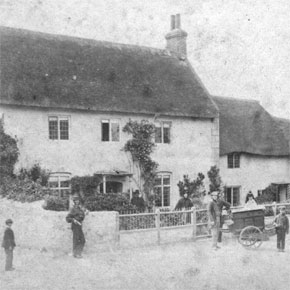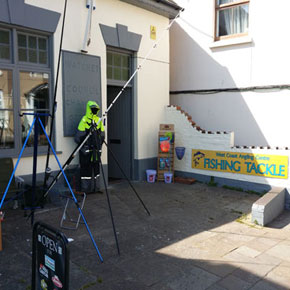Watchet's Heritage - Council Chamber


At one time this property was attached to The Old Court House and the entire property was thatched,
as is evident from early photographs. The Court House was at one time the home of James Date,
a pioneer photographer who recorded much of the activity between 1860 and 1877 - a period in the town's
history that saw the building of the East Quay, the arrival of Brunel's Great Western Railway and he also
recorded the West Somerset Mineral Railway when it was operational. He was also on hand to record and
see the building of the Lifeboat House and the Methodist Church.
The entire building served as the administrative centre for the town for many years. Custom built, it contained an impressive table that saw many important decisions for the town made by successive councils over many years from the beginning of the 20th century. The walls were hung with marine portraits and other significant historical artefacts. Most importantly it was the home of the first Watchet Urban District Council with its members presiding over the rebuilding of the harbour (which had been devastated in 1900).
An interesting feature above the Court House is the town clock which was paid for by public subscription, and rather than numerals, they are replaced with letters indicating the present Queen's coronation.
Sadly, despite the efforts of local townsfolk the building and its history were lost to the town when the Council offices were relocated to a part of the Visitor Centre. The present town council meets as before, but in the gift shop of this new building.
For further information about the town as a whole,
please visit the home page or click
Here
This page is provided by Watchet Conservation Society with the help of Watchet Chamber of Trade
and with funding from Somerset West & Taunton Council's High Street Emergency Fund.
Text and history provided by Nick Cotton
